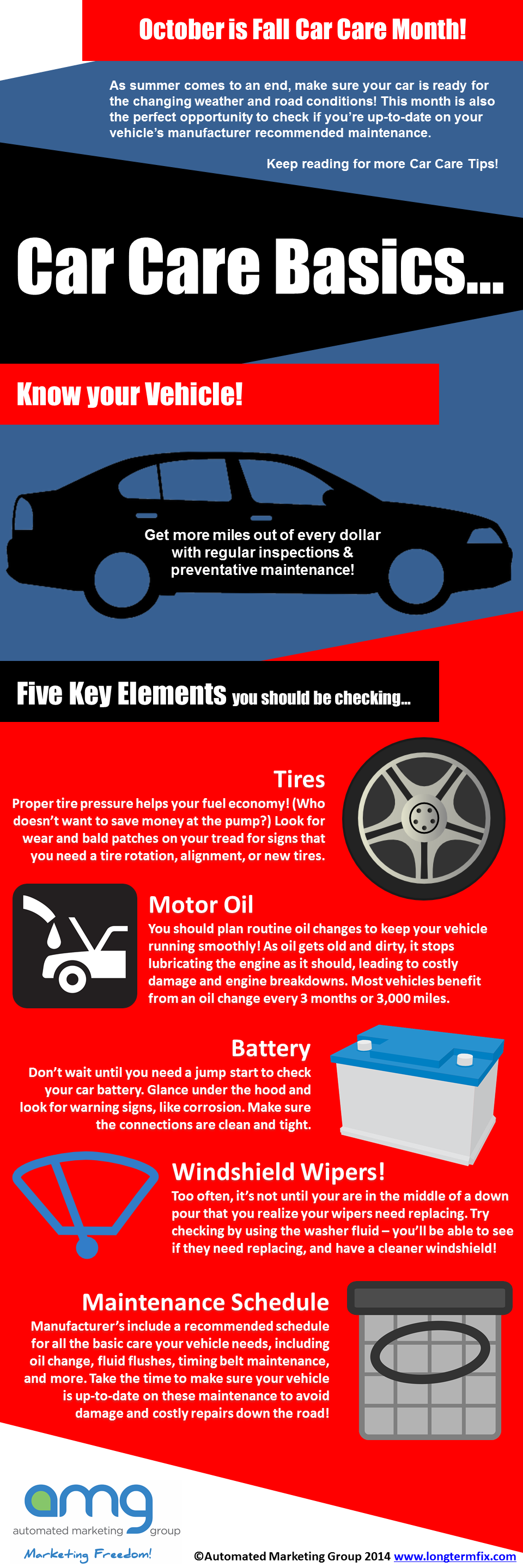Analyzing Your Auto'S Alert Lighting: Their True Effects
Analyzing Your Auto'S Alert Lighting: Their True Effects
Blog Article
related resource site -Samuelsen Shepherd
When you're behind the wheel, those glowing warning lights on your control panel can be a little bit bewildering. Do you recognize what they're trying to inform you regarding your automobile's health and wellness? Understanding the importance of these lights is vital for your security and the durability of your car. So, the next time among those lights appears, would not you want to understand its message properly and take the required steps to resolve it?
Common Caution Lights and Interpretations
Recognize common caution lights in your cars and truck and recognize their definitions to make sure risk-free driving.
One of the most common caution lights include the check engine light, which signifies concerns with the engine or exhausts system. If this light begins, it's crucial to have your car inspected promptly.
The oil pressure cautioning light suggests low oil pressure, needing immediate attention to avoid engine damages.
A blinking battery light might recommend a faulty charging system, potentially leaving you stranded if not dealt with.
The tire stress tracking system (TPMS) light alerts you to reduced tire pressure, affecting lorry security and gas performance. Ignoring this could result in dangerous driving conditions.
The abdominal light suggests a problem with the anti-lock stopping system, jeopardizing your ability to stop quickly in emergency situations.
Last but not least, the coolant temperature alerting light warns of engine getting too hot, which can result in severe damage otherwise dealt with swiftly.
Understanding these common caution lights will certainly aid you deal with issues immediately and preserve secure driving problems.
Value of Prompt Focus
Understanding the common warning lights in your auto is only the initial step; the value of immediately attending to these cautions can not be highlighted enough to guarantee your safety and security on the road.
When a caution light illuminates on your control panel, it's your automobile's means of communicating a potential issue that requires attention. Neglecting these warnings can bring about a lot more extreme problems later on, jeopardizing your security and potentially costing you more out of commission.
Trigger attention to warning lights can avoid break downs and mishaps. For instance, a flashing check engine light can indicate a misfire that, if left unattended, might trigger damage to the catalytic converter. Resolving this without delay can save you from a costly repair work.
Likewise, elegant auto detailing cautioning light may indicate low brake fluid or used brake pads, vital components for your safety and security when driving.
Do It Yourself Troubleshooting Tips
If you observe a caution light on your control panel, there are a couple of DIY repairing pointers you can attempt prior to seeking professional help.
The initial step is to consult your vehicle's guidebook to recognize what the certain caution light suggests. Often the problem can be as straightforward as a loose gas cap setting off the check engine light. Tightening up the gas cap may solve the issue.
One more typical issue is a low battery, which can activate various warning lights. Checking the battery connections for rust and guaranteeing they're safe may deal with the trouble.
If a caution light continues, you can try resetting it by detaching the vehicle's battery for a couple of mins and afterwards reconnecting it. In addition, examining your automobile's fluid levels, such as oil, coolant, and brake liquid, can assist fix alerting lights associated with these systems.
Verdict
To conclude, understanding your vehicle's caution lights is necessary for keeping your car running efficiently and securely. By quickly addressing these notifies and understanding what they imply, you can prevent pricey repair services and potential failures.
Keep in mind to consult your car's handbook for particular details on each cautioning light and do something about it as necessary to guarantee a trouble-free driving experience.
Keep informed, stay risk-free when driving!
